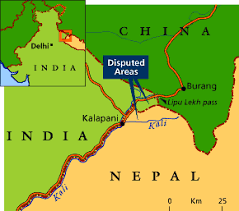7667766266
enquiry@shankarias.in
What is the issue?
Where is Kalapani?

What is the Kalapani dispute?
What is the issue with the maps?
What is the reality?
What is needed?
Source: The Hindu